This episode features an interview with Brooke Cunningham, Chief Marketing Officer at LogicMonitor, a global leader in observability and AIOps.
Brooke shares how her team is leaning into AI to reimagine demand generation, accelerate pipeline, and redesign their entire go-to-market engine without increasing headcount. From a website relaunch that came in under budget and ahead of schedule to the deployment of their AI SDR “Edi,” LogicMonitor is proving what’s possible when marketing teams go AI-first.
She and host Sarah McConnell discuss the mindset shift required to move from experimentation to orchestration, how marketers can future-proof their org structures with agents, and why this moment represents a career-defining opportunity for marketing leaders.
Key Takeaways:
- AI drives real business outcomes: Brooke’s team launched a full website redesign 30% under budget and one quarter faster, powered by AI-driven translation, content optimization, and SEO. The result: a 25% increase in top 10 keyword rankings and an 18% boost in pipeline from organic search.
- Agentic marketing is the next org design: Brooke predicts marketers will soon draw org charts that include both humans and AI agents. At LogicMonitor, agents now support everything from content orchestration to SDR follow-up.
- AI SDRs increase speed and scale: Their agent “Edi” has already had 3,000 conversations and generated a $1.8M pipeline opportunity, proving AI can deliver high-touch engagement at any hour.
- Change management matters: Brooke emphasizes the power of AI champions, safe experimentation, and training loops to bring the whole team along.
- Responsible AI isn’t optional. Every AI tool at LogicMonitor goes through IT and InfoSec, ensuring innovation happens securely and at scale.
Transcript
Sarah McConnell – Qualified
Okay, Brooke, thank you so much for joining me on The Agentic Marketer, where we're taking a peek into today's leaders’ tech stacks and AI strategy to learn more about how you're using AI agents to hit your pipeline targets. But before we dive into anything, Brooke, I'd love to just have you introduce yourself and what you're doing at LogicMonitor.
Brooke Cunningham – LogicMonitor
Amazing. Well, Sarah, thank you so much for having me. I'm so excited to be here because I love talking about this. It's such a fun time to be a marketer. So, Brooke Cunningham, Chief Marketing Officer at LogicMonitor. LogicMonitor plays in the observability space and AIOps, and we are really leaning in on AI. I've been here for the last 18 months as Chief Marketing Officer, and we have put a big focus on re-envisioning how we do demand generation, specifically leveraging AI.
Sarah McConnell – Qualified
I can't wait to dig into this as a DemandGen person. In this AI era, I'm really excited to dig into these questions with you. So the first one is: how do you define agentic marketer? Agentic marketing in general, I feel like it's a fairly new term. So I'd love to just hear in your words—what does agentic marketing mean to you?
Brooke Cunningham – LogicMonitor
Yeah, it's a whole new world. We're all learning as we go, and that's kind of the fun. That's what I always talk to my team about—encouraging them to lean into this moment. It's really, as I said at the beginning, an amazing time to be a marketer because we get to experiment with all this great new technology and take advantage of huge productivity gains.
To me, agentic marketing is really about rethinking how we work. I think about how we work in terms of how we reach our customers and prospects, as well as how we work as a team and across the business. For us, that’s meant looking at our technology stack—specifically our martech—and partnering with vendors like Qualified to ensure we're getting the latest and greatest technology that's AI forward and AI first.
We're also applying AI to get more productivity gains for our team. As a CMO, I get the same pressures as every marketer: do more with less and get more ROI from our budget. This has been a huge unlock for us. I have a pretty lean team, and a lot of people have really leaned in to using AI. We're already seeing some great fruits of early adoption.
Sarah McConnell – Qualified
Brooke, I love your enthusiasm about this. Leaning into this AI era is so infectious, which I love. There's often a lot of trepidation around it, but hearing your enthusiasm—“no, this is exciting, we get to all learn together”—is just such a refreshing breath of fresh air. So thank you. I really do appreciate that.
Brooke Cunningham – LogicMonitor
May I add a little more on that topic? This is something I talk a lot about with the team because there are different attitudes. Some people lean in earlier than others. I really see this as an opportunity for us as marketers collectively to lead from the front in experimentation.
Marketing has always involved a lot of experimentation, and this is really a whole new frontier. I love being at the leading edge of big moments like this—these can be real career-defining opportunities for all of us as marketers. I encourage my team to jump on board, have that learning mindset, and experiment in a safe space. That way, we can define our careers by being innovative and tech-forward.
Sarah McConnell – Qualified
I feel like you touched on it a little bit in that answer, but I want to dig in deeper. Something we hear a lot is that it's hard to make that mentality shift in this AI era from experimentation to actually leading with AI. What have you really tried to do with your team to make yourselves leaders and move past just experimenting?
Brooke Cunningham – LogicMonitor
I’ll answer that from the customer point of view first, then from the internal point of view.
When it comes to customer outcomes, AI is a buzzword everywhere. So from a customer perspective, we're leaning into demonstrating real outcomes that we’re delivering with our customers. Anything we produce, we're stress testing, validating, making sure we have proof points, showcasing customer stories, and validating data.
Internally, we're working on how to move from individual experimentation to working more collectively as a team. I’ve leaned in on showcasing AI champions—the early adopters on the team—and having them help connect the dots between individual use and orchestration across the marketing team.
It’s taken time to re-map business processes, and we’re still very much in that zone right now. But we have a vision to orchestrate campaigns end to end, mapping out people, processes, and systems. It’s not an immediate end state, but we’re making fast progress, which is exciting.
Sarah McConnell – Qualified
Awesome. Are there any examples recently where you've used agents or generative AI internally that have shown a big return—something that illustrates making that jump from experimentation to impact?
Brooke Cunningham – LogicMonitor
Absolutely. I have a big project I can share. We just relaunched our website in July. And then also, my team built a Brookbot, which was a personal unlock for me.
When I came on board last year, I immediately identified that the website was an area we needed to focus on. We quickly realized we needed a complete redesign to build a solid foundation. But I didn’t have the budget for a traditional redesign. Thanks to AI, we delivered it 30% under budget and one quarter faster.
We partnered with OpenAI at the beginning of 2025. With ChatGPT deployed enterprise-wide, we sprinted around this redesign. AI helped us translate content for multiple languages—French, German, Spanish for Spain and Latin America. This was huge for us.
We also optimized content for AI search. Since July, we’ve seen a 25% increase in top 10 keyword rankings, a 28% increase in site traffic from LLMs, and an 18% increase in marketing-originated pipeline from organic search.
We also built custom GPTs for translations, which now support campaign content in language on an ongoing basis.
Sarah McConnell – Qualified
I just—go ahead.
Brooke Cunningham – LogicMonitor
I’ll share a fun one about the Brookbot. As a CMO, I take brand integrity seriously. I review everything that goes out the door. So my team built the Brookbot to review content against our brand and style guide, plus my personal writing pet peeves.
It’s saved me countless evenings and weekends reviewing content. It’s been a huge productivity unlock.
Sarah McConnell – Qualified
What stood out to me is that in all my years in marketing, I’ve never heard anyone say their website redesign came in under budget and ahead of schedule. Usually, it’s the opposite. And industry-wide, I’m hearing peers say organic search is tanking. So the fact that you stayed ahead of that and leveraged AI to grow organic traffic is incredible.
Brooke Cunningham – LogicMonitor
And being able to deliver with the team we had—it was so positive. We didn’t add headcount, and everyone still had their day jobs. The excitement from the team was huge, especially with assets they can now reuse. There’s real long-term benefit.
Sarah McConnell – Qualified
I want to shift gears a little bit. LogicMonitor hired Piper, an AISDR agent recently, which is so exciting. We love partnering with LogicMonitor. From your perspective as a CMO, what made your team lean into AISDR?
Brooke Cunningham – LogicMonitor
In the same vein of wanting to be AI first, we know velocity through the funnel is critical. When someone raises their hand for a demo, we need speed and scale. We’re a growing company but aren’t expanding the BDR team significantly, so we wanted to leverage AI to meet prospects immediately.
Having an AI agent that can replicate much of the human interaction and answer questions 24/7 is critical. We’re a global organization, and the AI agent doesn’t take weekends or vacations. There’s peace of mind knowing prospects get a high-touch experience at any hour.
Sarah McConnell – Qualified
Yeah, and how are you measuring your AISDR’s success compared to your human team?
Brooke Cunningham – LogicMonitor
We’re looking at similar metrics: number of interactions and conversations. Piper SDR—ours is named Edi—has already had almost 3,000 conversations and 42 meetings that progressed through the pipeline.
We even have one $1.8 million pipeline opportunity from Edi. We’re looking at conversations, conversion rates, pipeline, bookings, and efficiency. For example, maintaining human headcount flat while increasing engagement volume.
We’ve had over 500 chats year to date in 2025 from the site. That’s another key metric.
Sarah McConnell – Qualified
That’s incredible. Was there anything unexpected that came out of bringing on an AISDR?
Brooke Cunningham – LogicMonitor
Yes. Edi helped us re-engage prospects who didn’t initially complete scheduling. With extra prompts, Edi reignited those conversations, creating what I’d call “free pipeline.”
During the pilot, open rates on Edi’s emails were 96%, higher than human outreach. It validated that sometimes we just need that extra nudge.
Sarah McConnell – Qualified
That’s a great unexpected outcome. Let’s zoom out a bit. What do you think is the single biggest change to B2B marketing in the next 12 months—beyond AI?
Brooke Cunningham – LogicMonitor
I’ve been noodling on this a lot. One big shift I see is writing an org chart that includes not just humans but AI agents. For example, with content or campaigns, we’re building custom GPT agents to help generate and orchestrate.
Many CMOs I talk with are asking: what does the org chart of the future look like, and how will AI orchestrate across the marketing organization?
Sarah McConnell – Qualified
I couldn’t agree more. We added AISDR and AIBDR to our pipeline council leaderboard to give a full view of performance. It really cemented them as part of the org.
On that same note—what do you think marketers will still be getting wrong with AI a year from now?
Brooke Cunningham – LogicMonitor
The human touch will still matter. Prospects want to be advised and validated by humans. We’ll need to be thoughtful about where humans stay in the loop.
There are still AI hallucinations and errors, so training and stress testing outputs is critical. If teams don’t invest the time in that, outputs won’t meet quality standards.
Sarah McConnell – Qualified
And what are you encouraging your team to double down on to thrive in this AI-driven era?
Brooke Cunningham – LogicMonitor
We’re focused on the learner’s mindset. Everyone gets access to enablement. We emphasize testing, training AI, and validating outputs.
For example, with translations, local teams reviewed outputs, and we retrained GPTs when necessary. That closed the loop. It’s a core practice now.
Sarah McConnell – Qualified
One last question before our lightning round. How are you talking with other CMOs about adopting AI responsibly?
Brooke Cunningham – LogicMonitor
We’ve partnered closely with our InfoSec and IT teams to protect our data and customer information. Every new AI tool goes through IT consultation.
The pace of new AI tools is dizzying, so we need to understand how we’re protecting content. Change management is also critical. We’ve brought in roles focused on helping humans adapt to this transformation.
I’ve heard of organizations banning AI use entirely—that’s a red flag. If you’re not figuring out how to leverage AI responsibly, you’ll fall behind.
Sarah McConnell – Qualified
I couldn’t agree more. Our organization has taken similar steps. If someone told me I couldn’t use AI, I’d feel behind.
Okay, Brooke, lightning round time! What was the first AI tool you started testing as a marketer?
Brooke Cunningham – LogicMonitor
Going back a few years, some early AI image generators—very wonky. I remember using Lumen5 to create quick videos from text. That was one of my first “aha” moments.
Sarah McConnell – Qualified
What’s the most overrated buzzword in MarTech right now?
Brooke Cunningham – LogicMonitor
We’re using one a lot here—agent or agentic. Also, the rocket ship emoji. I joke with my team that the Brookbot needs to stop using it because it’s the tell that AI wrote your content.
Sarah McConnell – Qualified
Ha! At one point, our head of content loved the en dash before ChatGPT made it trendy. Who’s another marketer you respect who’s ahead of the curve on AI?
Brooke Cunningham – LogicMonitor
Shout out to Lisa Adams. She’s a former CMO and now an AI guru, advising CMOs on marketing transformation with AI. She shares incredible content—definitely someone to follow.
Sarah McConnell – Qualified
100%. Lisa’s amazing. We had her at one of our summits a year ago, and she was a wealth of knowledge.
Last question: if you could automate one part of your life outside of work with AI, what would it be?
Brooke Cunningham – LogicMonitor
Any household chores would be amazing—laundry robot, dishwasher robot, you name it.
But I also use AI for fun. I recently used it to name my fantasy football team.
Sarah McConnell – Qualified
Do you mind me asking what the AI suggested?
Brooke Cunningham – LogicMonitor
I’m a 49ers fan, and this was before Brock Purdy was injured. It’s a fantasy league of CMOs, so I wanted a marketing pun. My team name is Purdy Good Conversion Rate.
Sarah McConnell – Qualified
I love that. I used ChatGPT and Perplexity to name mine, too. Most of our fantasy football names at Qualified came from AI.
Brooke Cunningham – LogicMonitor
It was great—I had a lot of fun with it.
Sarah McConnell – Qualified
Well, Brooke, it was so great having you on the show today. Thank you so much for joining us. I really appreciated everything that you shared.
Brooke Cunningham – LogicMonitor
Awesome. Thank you so much for having me.


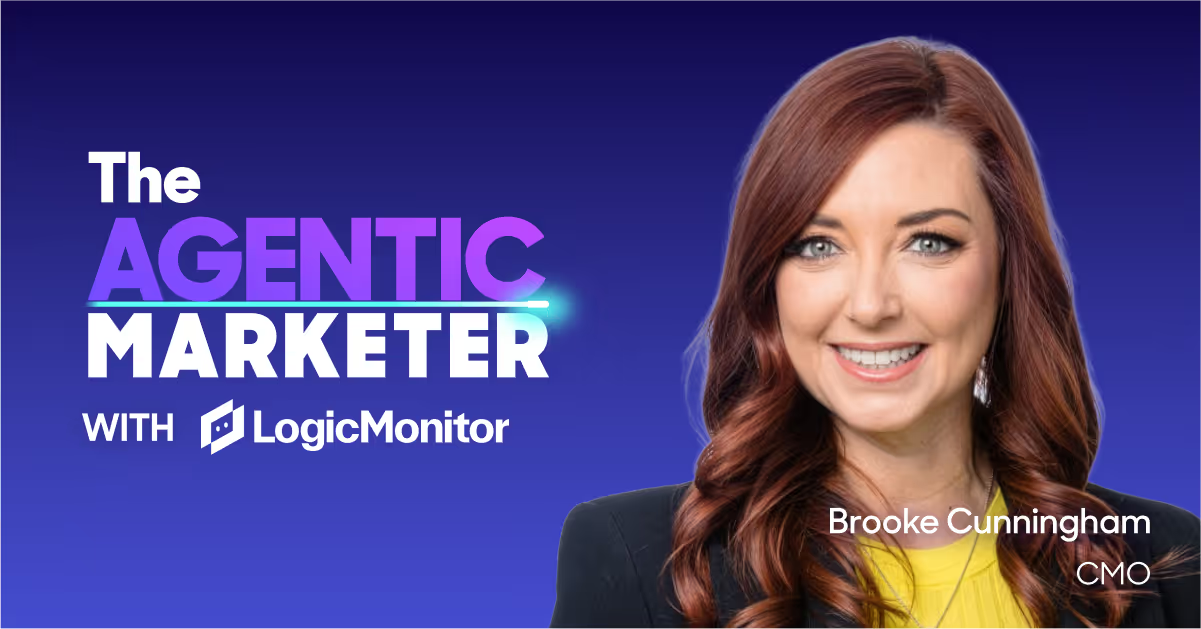



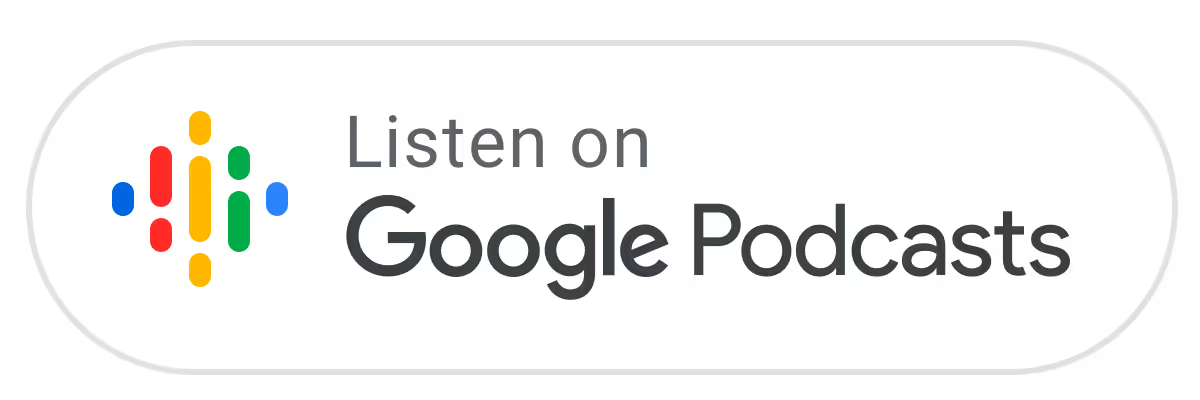
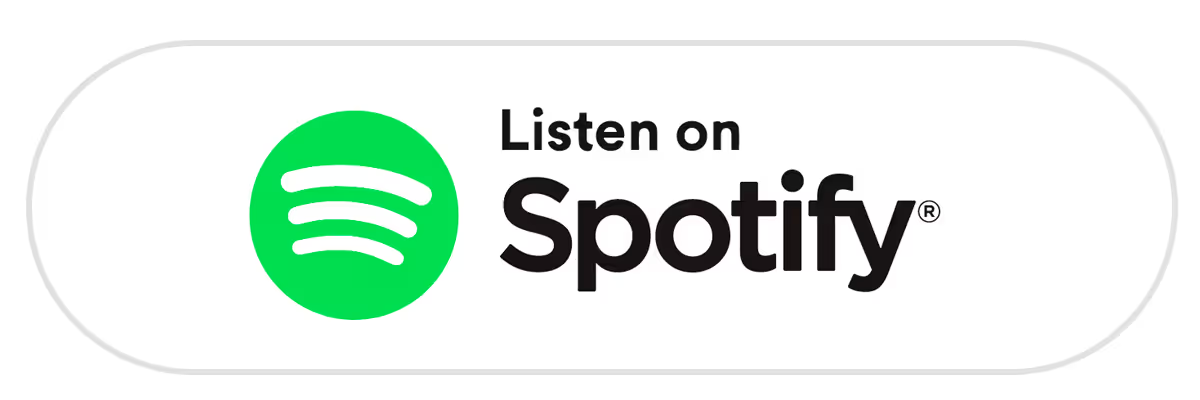
.avif)

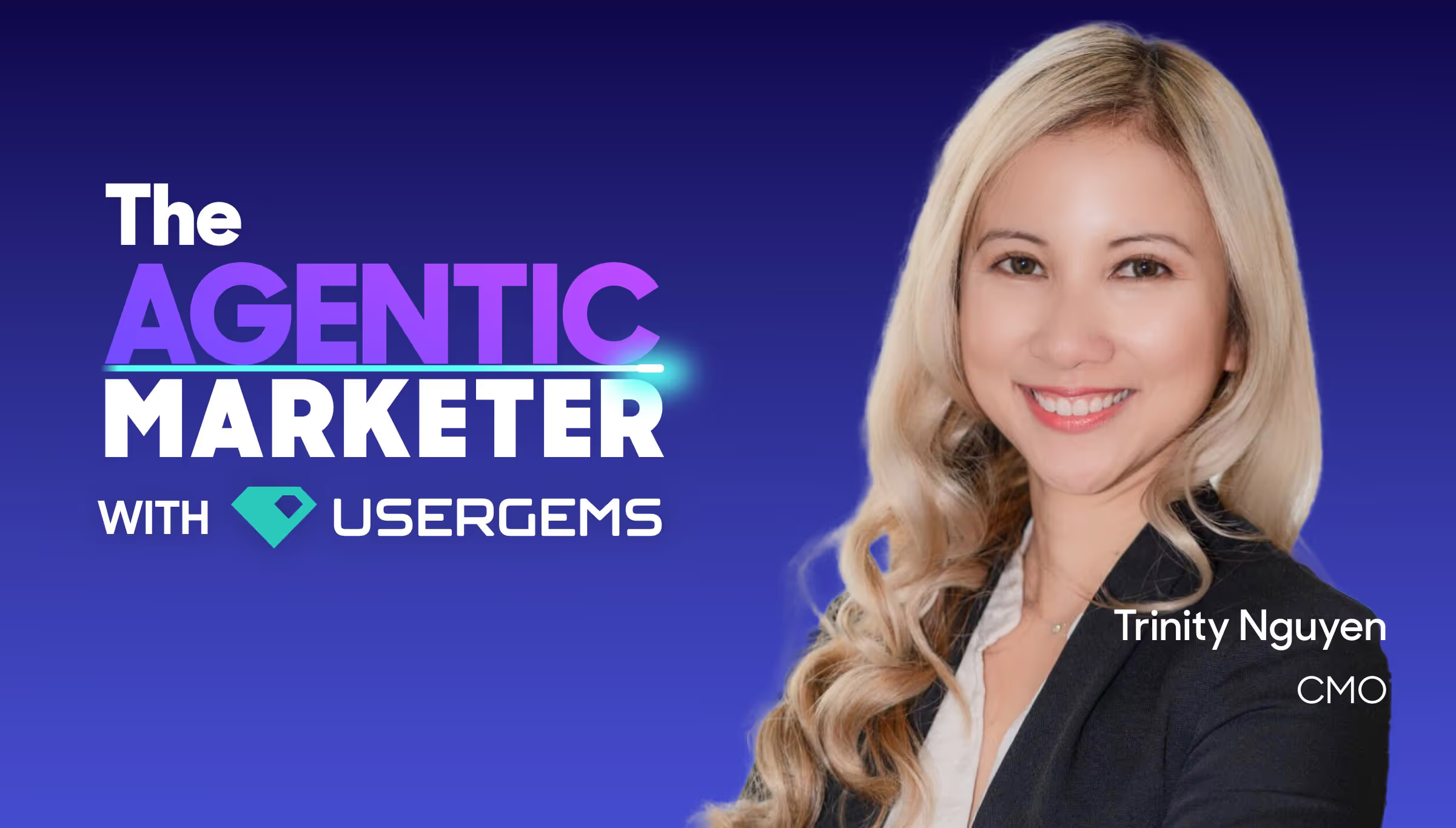
.jpg)
.jpg)
.jpg)
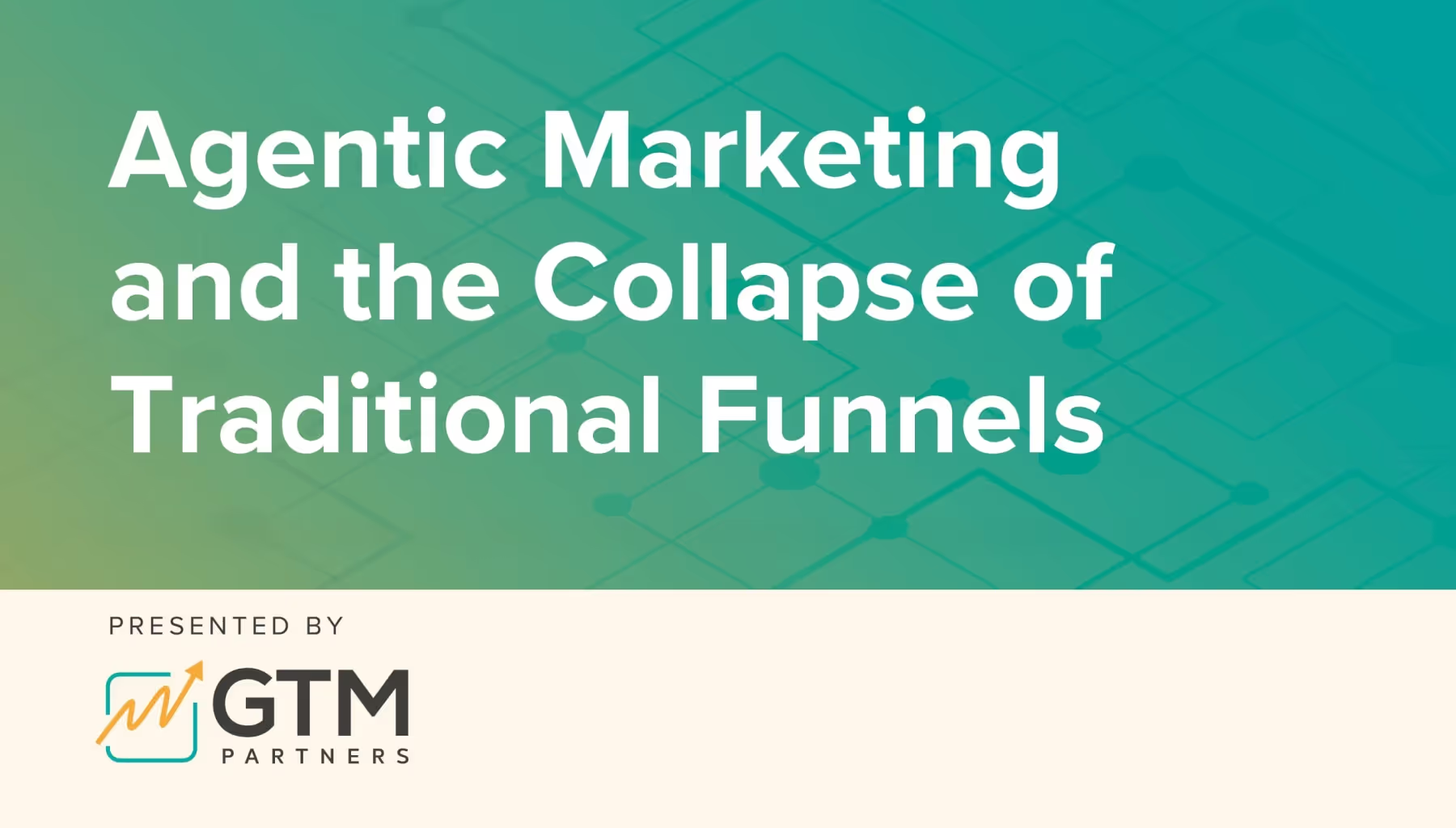








.svg)


